According to rumors and widespread stereotypes, Dagestan is not the place that you are supposed to visit. If you enter “Dagestan” on the Internet, the first thing that will appear in a search engine is “the most dangerous place in Europe”. And most of the information on the Internet will convince you that terrorism and kidnapping thrive even in daylight.
However, let’s face the truth: Dagestan is not dangerous. It is full of magnificent scenery, exciting stories and legends, soaring eagles and hospitable local residents. Since ancient time Islam has been tracing its history here, which has been closely intertwined with fates of local people for many centuries. Makhachkala, the capital of the republic, is a charming city, while Derbent is literally permeated with centuries-old history of the mountains. The Caucasus Mountains are worth seeing too, because it is not in vain that this region is called Dagestan, which means the “Land of mountains”.
Despite the fact that Dagestan is an integral part of Russia, the atmosphere here is absolutely different, as if you have found yourself in a special place. As far as the ethnic composition is concerned, about 3% of the population here are Russians. In general, in the territory of one of the North Caucasus republics, there are more than 30 ethnic groups living side by side in peace and harmony, each of which speaks its own language and has rich cultural traditions. Islam not only unites the republic, but is its distinctive feature. If you happen to visit Dagestan, pay attention to the mosques that literally permeate the city of the republic. They not just organically intertwine in the urban ensemble, but are its zest, attracting tourists from all over the world. It is logical that it is almost impossible to find alcohol here.
“There is the Avar Village of Chokh among the steep cliffs…”
One of the most bewitching and uncharted places is the mountain village of Chokh. Here, for ethno-tourism lovers, a wonderful guest house was recreated, which is a bright example of Dagestan’s multifaceted culture.
Of course, there are a lot of mountain villages in Dagestan, famous for their history. But even among them Chokh stands out for its romantic and heroic past. As archaeological finds testify, the first settlement in the territory of today’s Chokh emerged about 10 thousand years ago. This is one of the most ancient human settlements in Europe, known among archeologists as the Chokh parking lot.
The famous from ancient time caravan route passed through the lands of Chokh. It connected Nagorny Dagestan with Transcaucasia, South Dagestan, the North Caucasus and southern Russia.
For hundreds of years, Chokh, famous as the “focus of knowledge and science”, rightfully held the position of the center of Arab culture and education in the mountainous Dagestan. The first secular school in Chokh, a one-class male primary school, was opened in 1911; a one-class female school – in 1912.
In the past, a lot of Arabist scholars graduated from Chokh. Their names and works became famous not only in Dagestan, but also far beyond its borders: Mahadi Chokhsky, Abdulhajiyav, Ahmed-Dibir, Abdulatip, Magomed-Tagir al-Chokhsky, Abakarhajiyav, Magomed-Ali Chokhsky.
Chokh is an open-air architectural museum. It still preserves traditional architecture for mountain dwellers, represented by stepped, usually 2-3-storey building of steep mountain slopes. Important elements of the traditional architecture are arches, rounded windows and long glazed verandas. Chaotic narrow streets, yellow color of natural stone and height of houses give Chokh the appearance of a medieval eastern city.
“Dead” Gamsutl
A little further, there is the abandoned village of Gamsutl. It is a dead settlement. The last resident passed away in 2015. Well, now one person lives there, who is very happy to talk to people, numerous tourists, as well as local fans of thrill. This place has countless legends. Despite inaccessibility, tourists visit the village of Gamsutl every year. Many call the village Caucasian Machu Picchu. It is located very high in the mountains, on the very top. Nobody can see it from below with the naked eye.
If we refer to the history of the mountain village, we will find out that it was founded by Avar Khans. “Gamsutl” means “at the foot of the Khan’s fortress” in Russian. There was always a dense forest around the settlement, rich in all kinds of animals. Therefore, the residents of Gamsutl could easily find food. There was a spring with purest water right next to the village. Local old-timers say that the icy water from this spring not only never caused colds, but even helped to cure a lot of diseases.
The records in ancient Iranian archives say that Gamsutl is not inferior in age to the oldest city of Dagestan - Derbent. According to these sources, the age of the village is 6 000 years.
Gamsutl has never been conquered by any army in its entire history. The Russian army failed, even without attempting to storm the fortification. There is an interesting legend, which says that in the ranks of the defenders of Gamsutl there was a brilliant female commander, equal to whom there was no one in the whole world.
In the village, three religions have changed each other over the history: Zoroastrianism, Christianity and Islam. In the settlement’s territory, an ancient tombstone was even found, the inscription on which could not be read.
Years passed, time and epochs changed, power was transformed... Gradually, the population of the village began to shrink sharply without a visible reason, and local people went to cities in search of easier life. Only the old people were left. But 40 years ago, the situation changed dramatically - literally in one day, all the houses in Gamsutl were empty... Overnight, the residents simply left the stone walls of thousands of years old. Furniture, clothes, and utensils were left in the houses. Only the wind was noisy in the open doors, and rare birds stopped to rest on the roof of one of the houses...
Historians are still unable to find the reasons for the sudden and mass relocation of residents. Of course, after a while, one of the old-timers returned to the village, but now we cannot see him either...
There is still the stone village at the top of the mountain, which has grown into the rock. There are no inhabitants in it, only wind and rare greenery. Roofs slowly settle, landslides close the road, making the way to the village more and more dangerous.
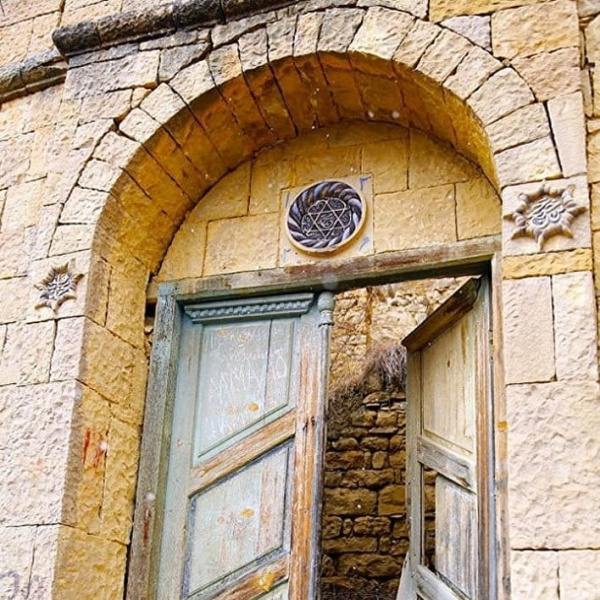
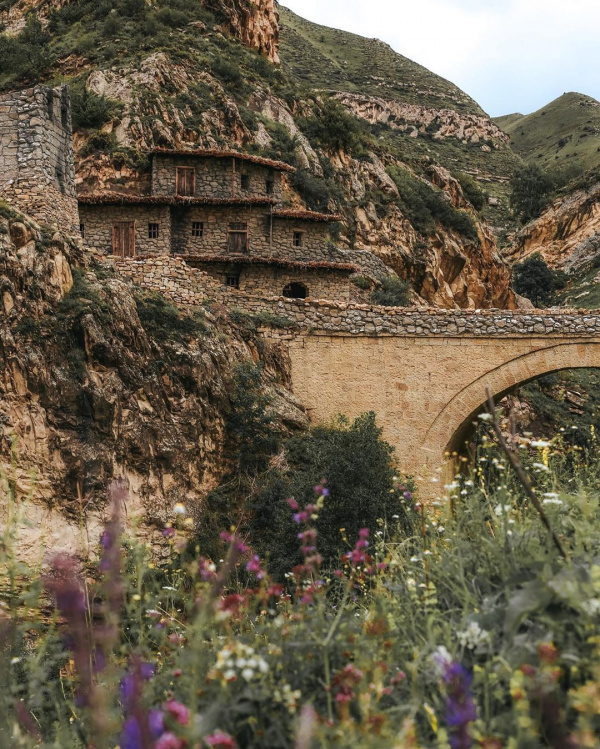
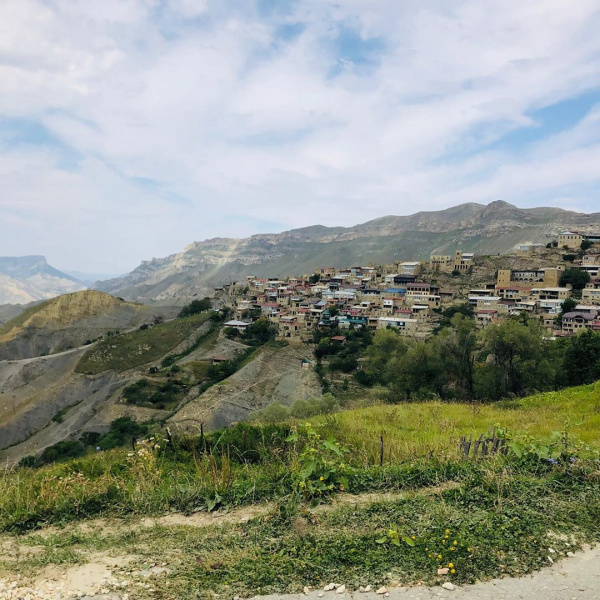
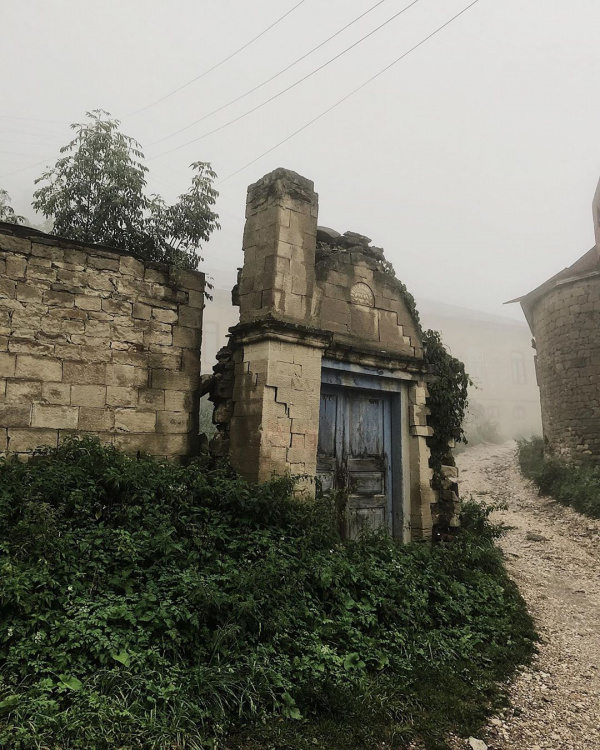
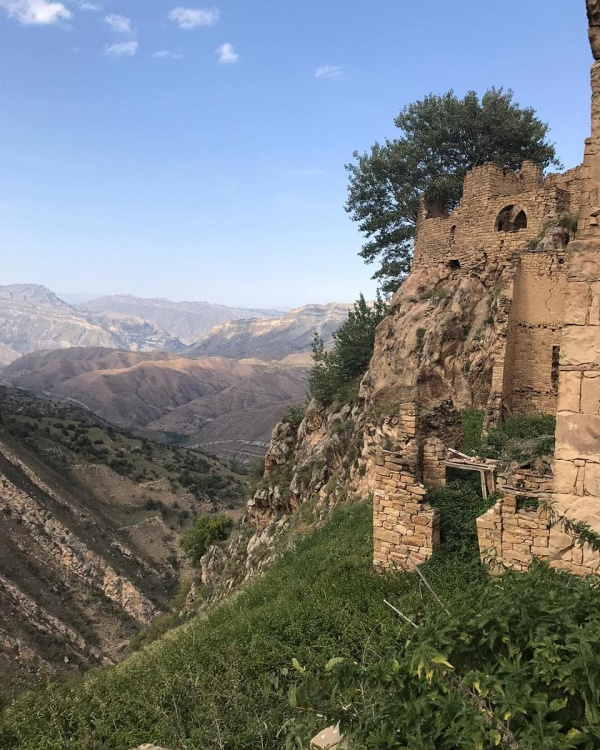
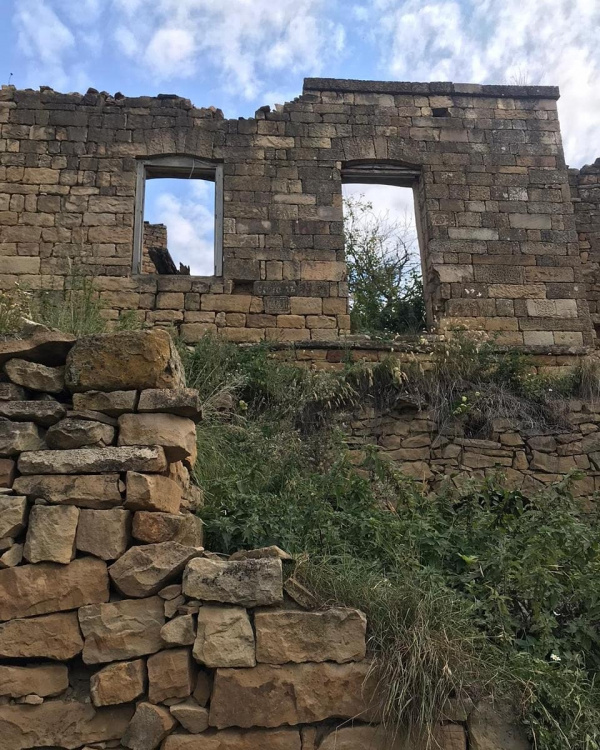
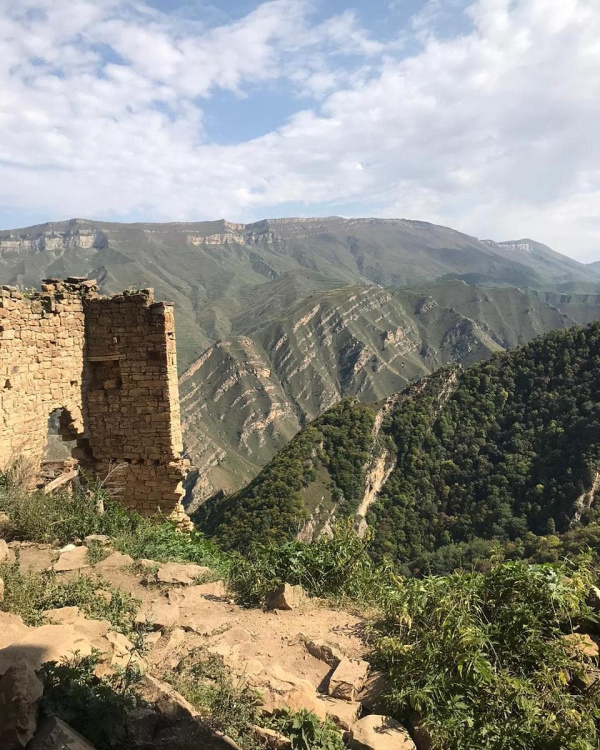
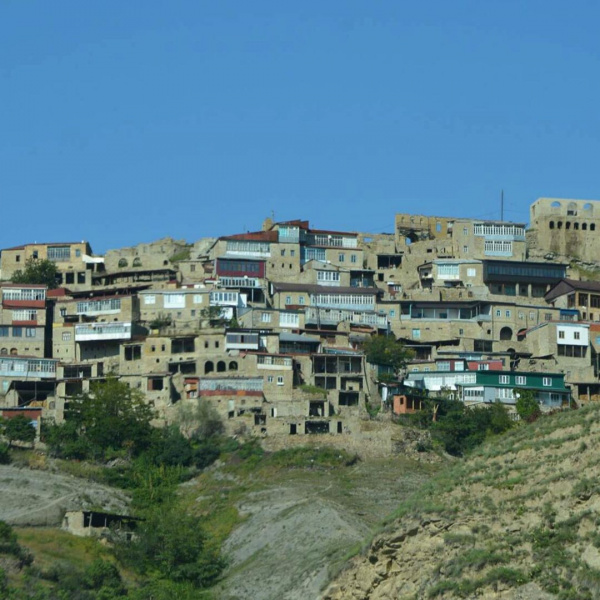
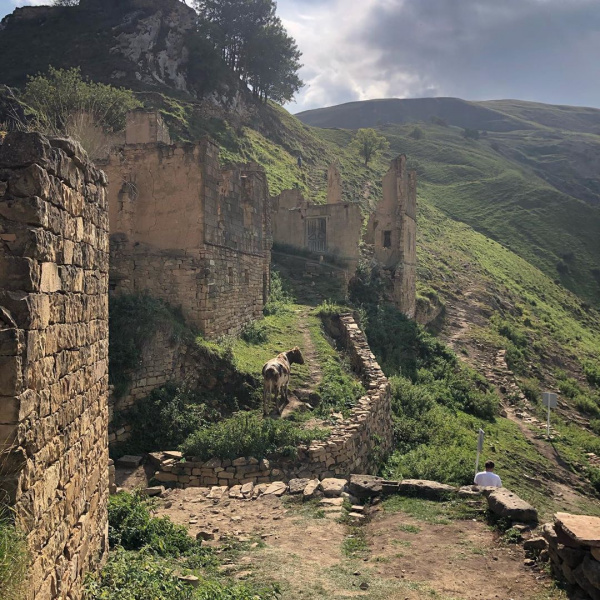
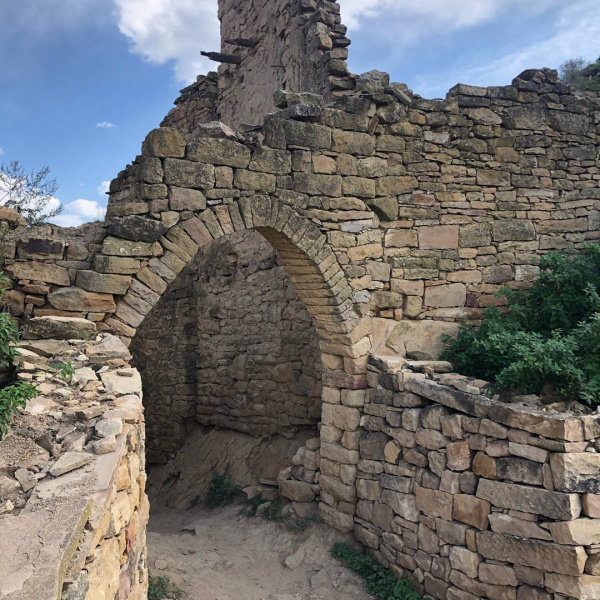
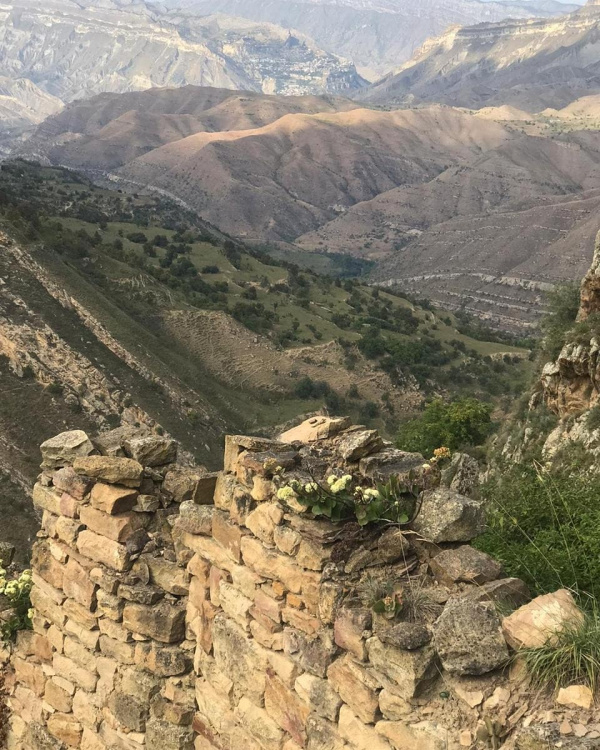
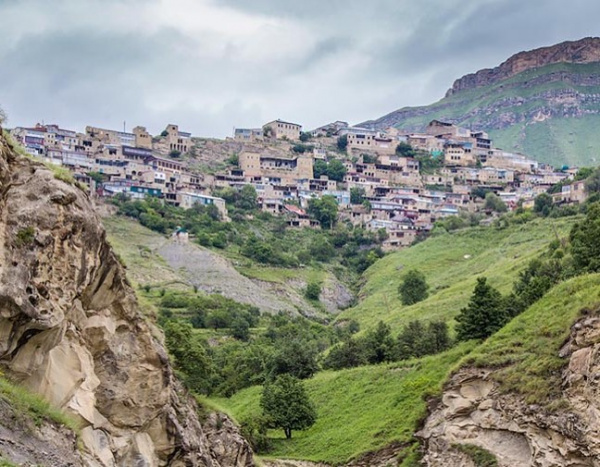
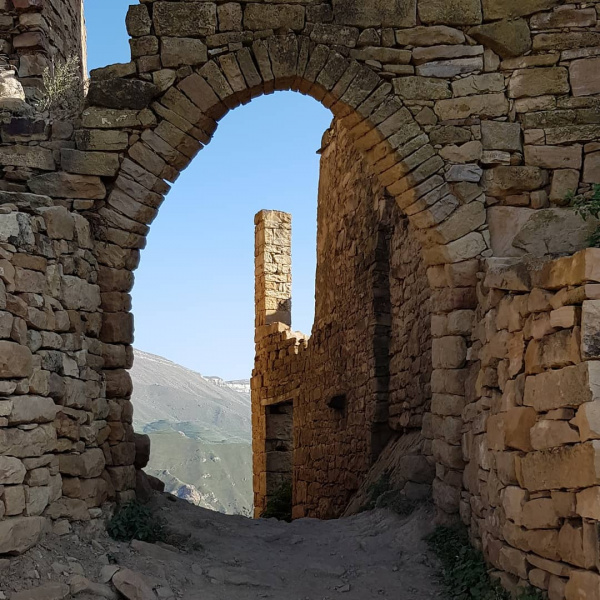
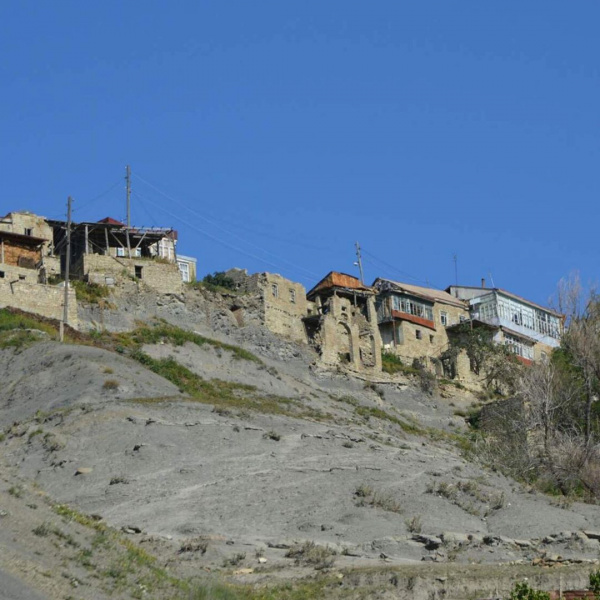
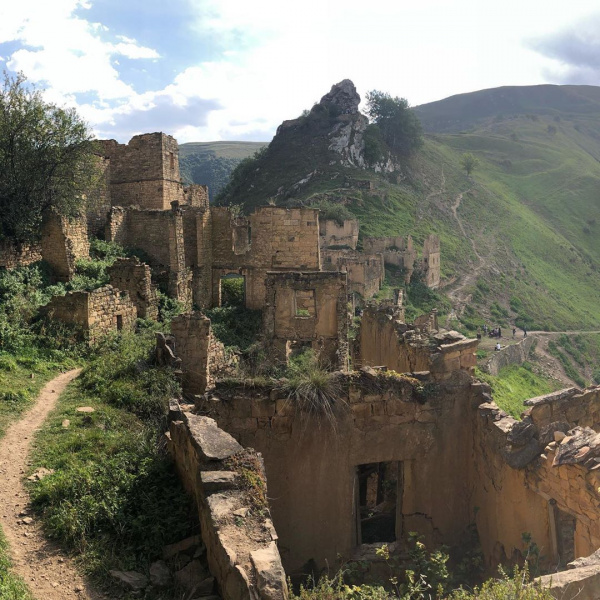
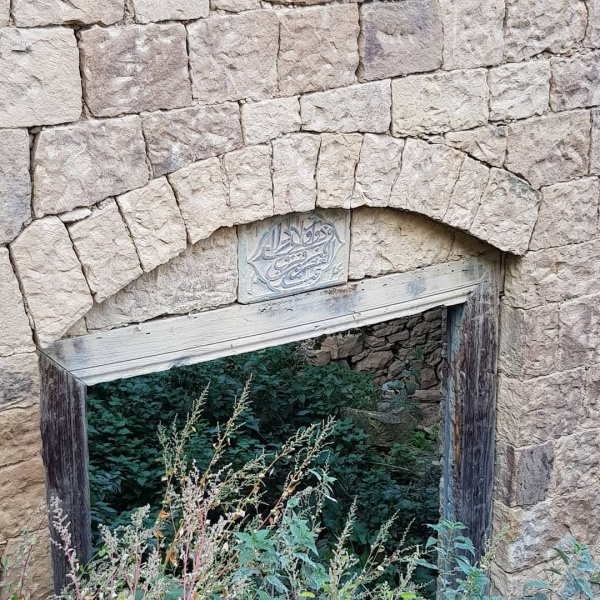
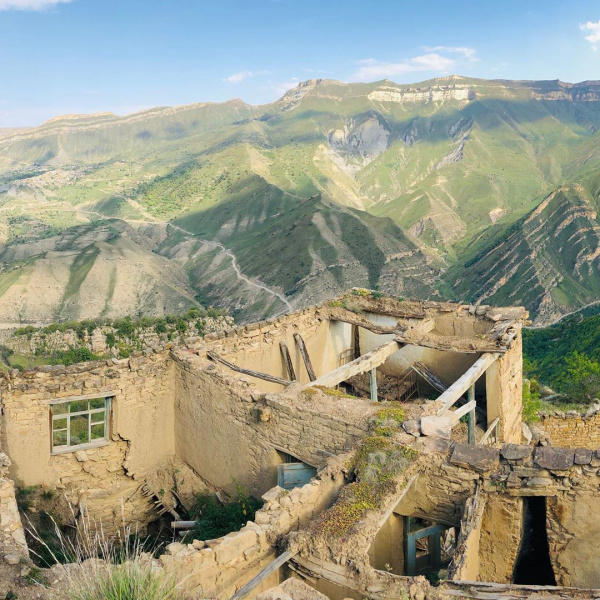
Ilmira Gafiyatullina
